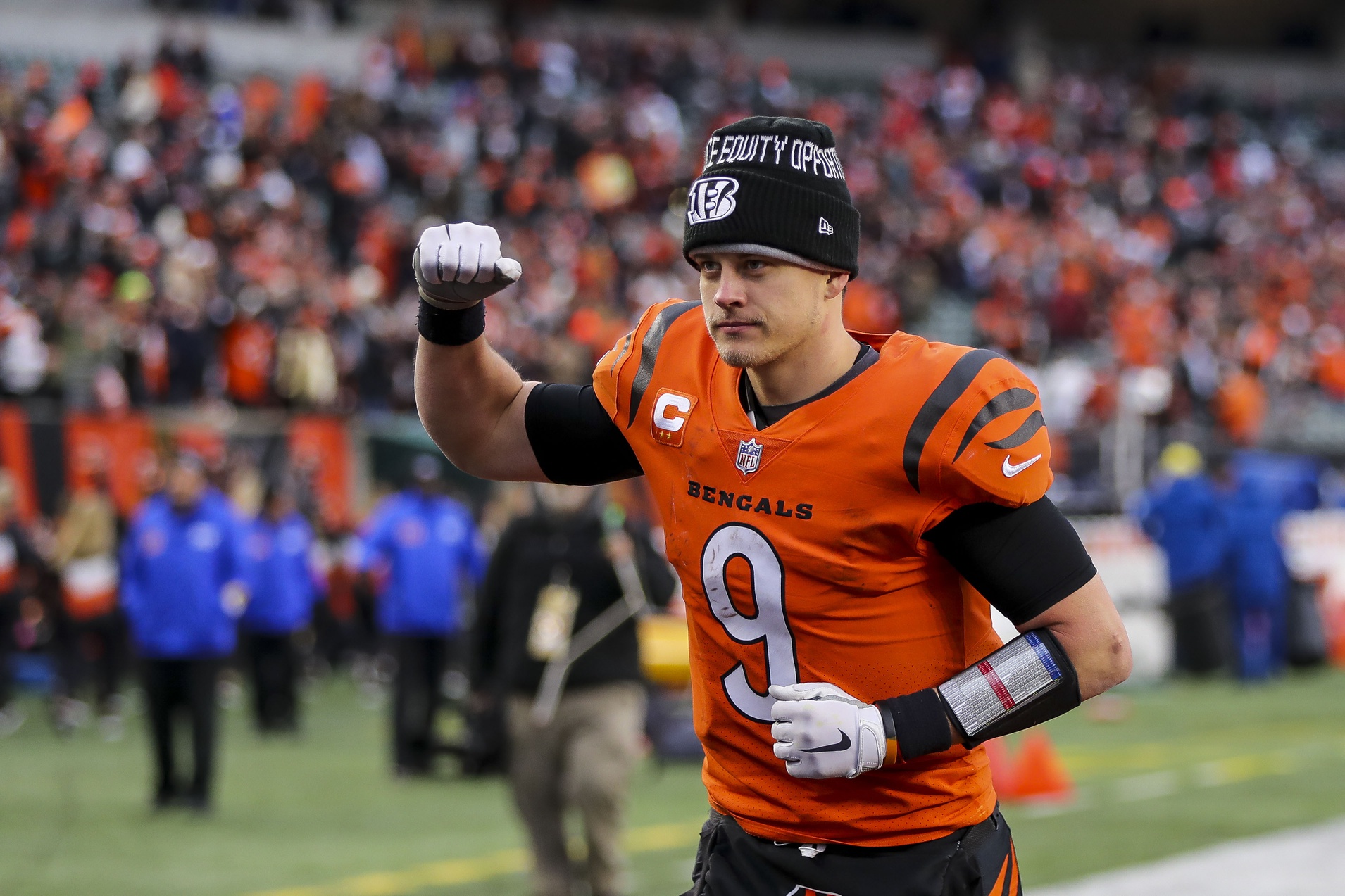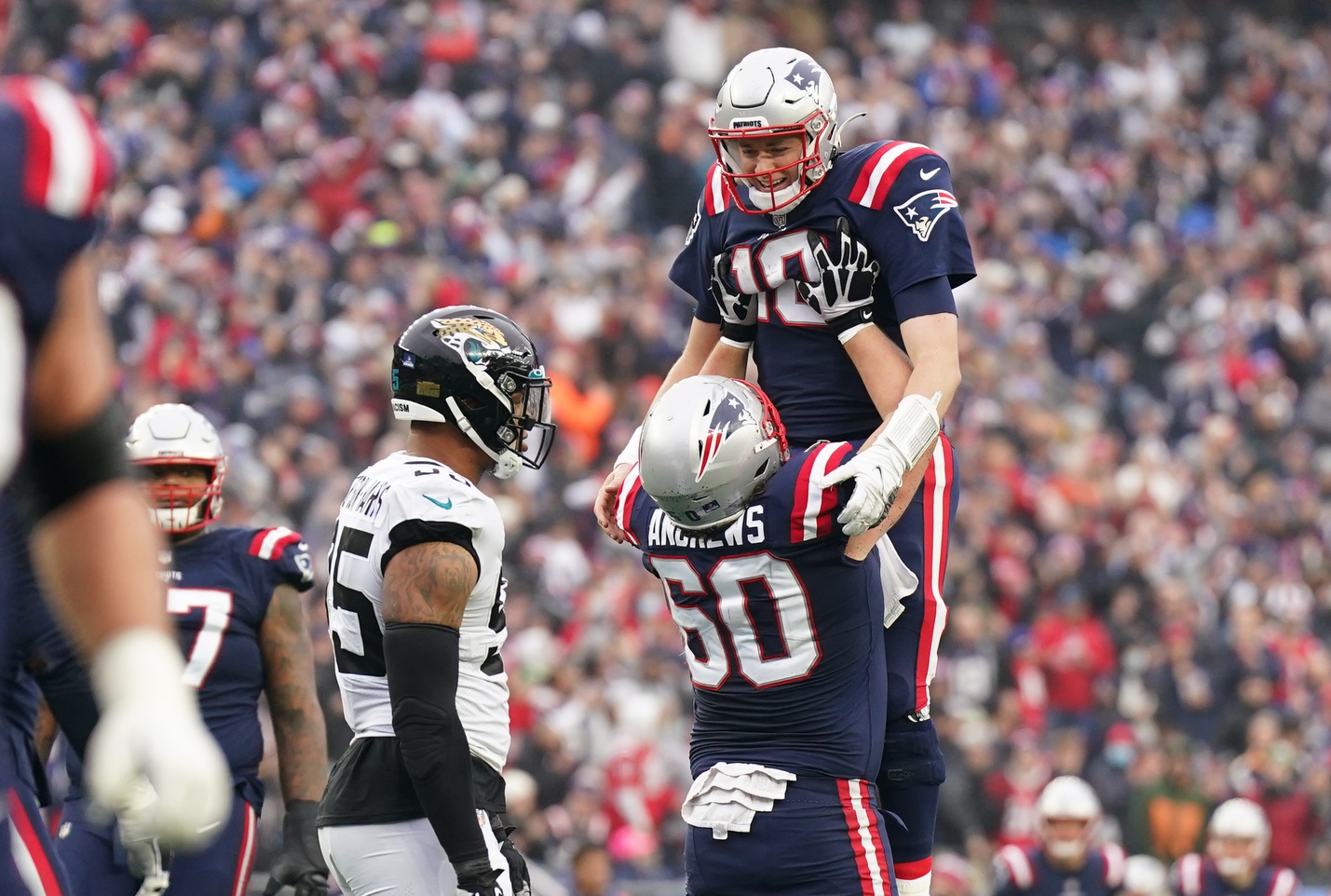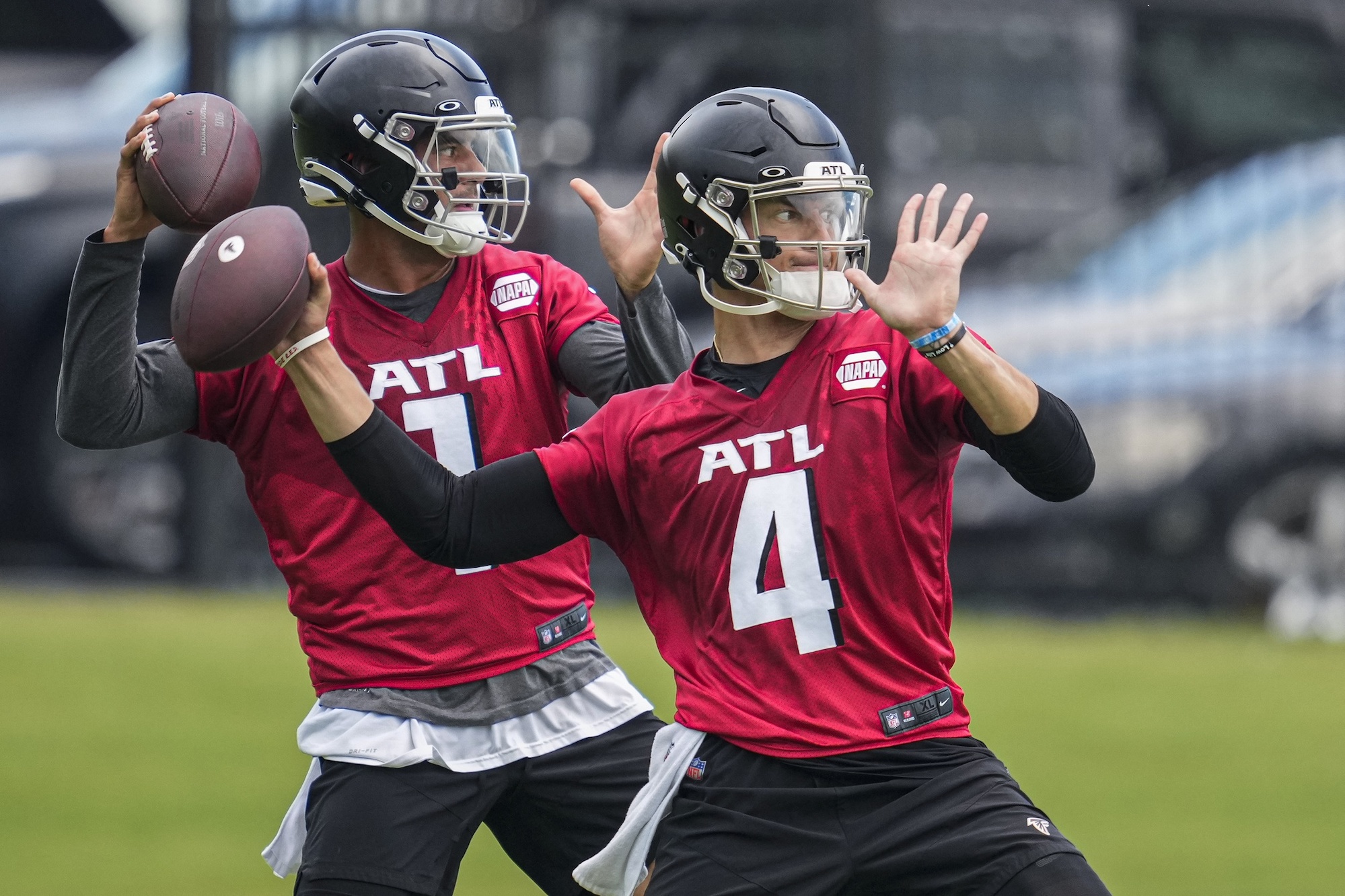Two seasons ago, the Cincinnati Bengals finished 2-14, which was good for last in the entire NFL. It was their last season with Andy Dalton and marked the end of some sense of prosperity as in his first five years as starting quarterback, the Bengals had made it to the playoffs five times. However, there was one thing still missing in Cincinnati: a playoff win.
The 2020 draft marked a turning point in Cincinnati’s future, as after being the worst team in the NFL, it only took two seasons for the Bengals to make it all the way to the Super Bowl.
There are countless NFL franchises that have spent years and years rebuilding. Some believe that rebuilding should be formulaic, and hence general managers should be as methodical as humanly possible when it comes to rebuilding. The Bengals rebuild seems to have defied all that logic since they seemingly only needed their quarterback to be healthy for a full season before making it to the Super Bowl. Sometimes, all it takes to rebuild is to get your guy. Joe Burrow seems to be that guy and the Bengals front office seemingly put enough talent around Burrow to get Cincinnati to their first Super Bowl in years.
However, even if rebuilding can be as simple as “getting your guy,” football is a sport won by all 53 players on the active roster and there’s a little more nuance to it. Some teams haven’t perfected the rebuild in the past decade or even since the turn of the century. The Bengals have mastered the rebuild in two years, which is a perfect opportunity to deep dive into how this rebuild took place.
Roster makeup: 2019 vs 2021
When comparing the starters from the 2-14 2019 Bengals to the 2021 Bengals, there are only four carry-overs: three on the offense and one on defense. The only players who went from being on the worst team in the league to a win away from hoisting the Lombardi trophy were Joe Mixon, Tyler Boyd, C.J. Uzomah, and Sam Hubbard. The 2021 team alone drafted 13 of their 22 starters: in other words, they built through the draft. There are many ways for a team to rebuild, whether it be trading or through free agency. However, the draft has been and remains the best way of instilling a culture within an organization and laying a solid foundation for a championship run. That is exactly what the Cincinnati front office was able to do over the past few years to give the city a chance at its first Super Bowl ring.Building through the Draft
A rebuild is not officially a rebuild from a roster standpoint until a new quarterback takes the wheel. That is exactly what happened at the 2020 draft when the Bengals selected Heisman-winning quarterback and national champion, Joe Burrow. Step One: Drafted Joe Burrow with No. 1 pick in Round 1 of the 2020 NFL Draft Burrow immediately stepped in and impressed—if it weren’t for an ACL injury halfway through his rookie season, the Offensive Rookie of the Year Award would have been a surefire addition to his trophy cabinet. In his first full season as Bengals quarterback, Burrow finished top 10 in passing yards, passer rating, and passing touchdowns. Burrow also led the entire league in completion percentage at 70.4%. The legend of Burrow only continued to grow come playoff time as he snapped the Bengals playoff curse and proceeded to upset the No. 1 seed Titans and the No. 2 seed Chiefs on the road in both games. Burrow has solidified himself as a franchise cornerstone and one of the best five quarterbacks in the entire NFL. The next challenge for the Bengals was to surround their franchise quarterback with pass-catching options that could open up the passing game and allow Burrow to reach his maximum potential. Step Two: Drafted Ja’Marr Chase with the No. 5 pick in Round 1 of the 2021 NFL Draft & Drafted Tee Higgins with the No. 33 pick of the 2020 NFL Draft. Chase, Burrow’s former college teammate and his new favorite passing target, is well on his way to winning Offensive Rookie of the Year. Chase also already set the single-season receiving record for the Bengals and has already had the best full-season receiving year as a rookie in NFL history. At the time of his pick, many thought that the Bengals should have drafted a lineman such as Penei Sewell or Rashawn Slater. Chase has quickly quieted all critics after this postseason run. In three full playoff games, Chase has had 279 yards on 20 receptions. Although Chase is clearly the standout from the wide receiver group, Higgins deserves his fair share of the credit. Since being drafted by the Bengals, Higgins has been a reliable target for Burrow. This past season marked a 1,000-yard campaign for Higgins to go along with six touchdowns. He proved himself to be even more valuable in arguably the greatest win in Bengals history, a comeback victory against Patrick Mahomes in Arrowhead Stadium where Higgins finished with six catches for 103 yards. For the team to fully operate like a well-oiled machine on offense, Burrow requires the necessary time to sit back in the pocket and find his pass-catchers. This is only done by fortifying the offensive line. Step Three: Drafted Jackson Carman with the No. 46 pick, D’Ante Smith with the No. 139 pick, & Trey Hill with the No. 190 pick all in the 2021 Draft The Bengals' offensive line has been subject to a lot of criticism over the course of the year—some of the criticism was deserved as the Titans set playoff sack records in the divisional round. However, Burrow is not the easiest quarterback in the NFL to block for. Sacks can be as much of an indictment on the quarterback as it is the offensive line. Regardless, in the second half of the AFC Championship Game, the offensive line was able to contain Melvin Ingram and Chris Jones enough to allow the Bengals to outscore the Chiefs 24-3 from that point. There is a lot of work to be done with the offensive line, but so far, they’ve done just enough to allow Burrow to lead the Bengals to the promised land. The rebuild isn’t officially over. The Bengals will have roughly $58 million in cap space this upcoming offseason which will give the front office an opportunity to improve upon a Super Bowl-ready roster. However, the Bengals’ rebuild has proven one thing: there is no singular path for an NFL GM to rebuild his roster. Sometimes it takes some luck, and sometimes you simply have the No. 1 pick in a draft when a player like Burrow is draft eligible. It takes a lot of luck, proper planning, and acute execution to pull off a two-year rebuild as the Bengals did. Cincinnati was able to turn around one of the worst rosters in the NFL in less than two years, and there is still one more game to win.Filed In
Related Articles
NFL
5 Players Ranked Too High or Too Low In NFL 100
- Aug 15, 2022
NFL
NFL Training Camp Battles 2022: Rookies vs Vets for All 32 Teams
- Jul 25, 2022
Written By



































